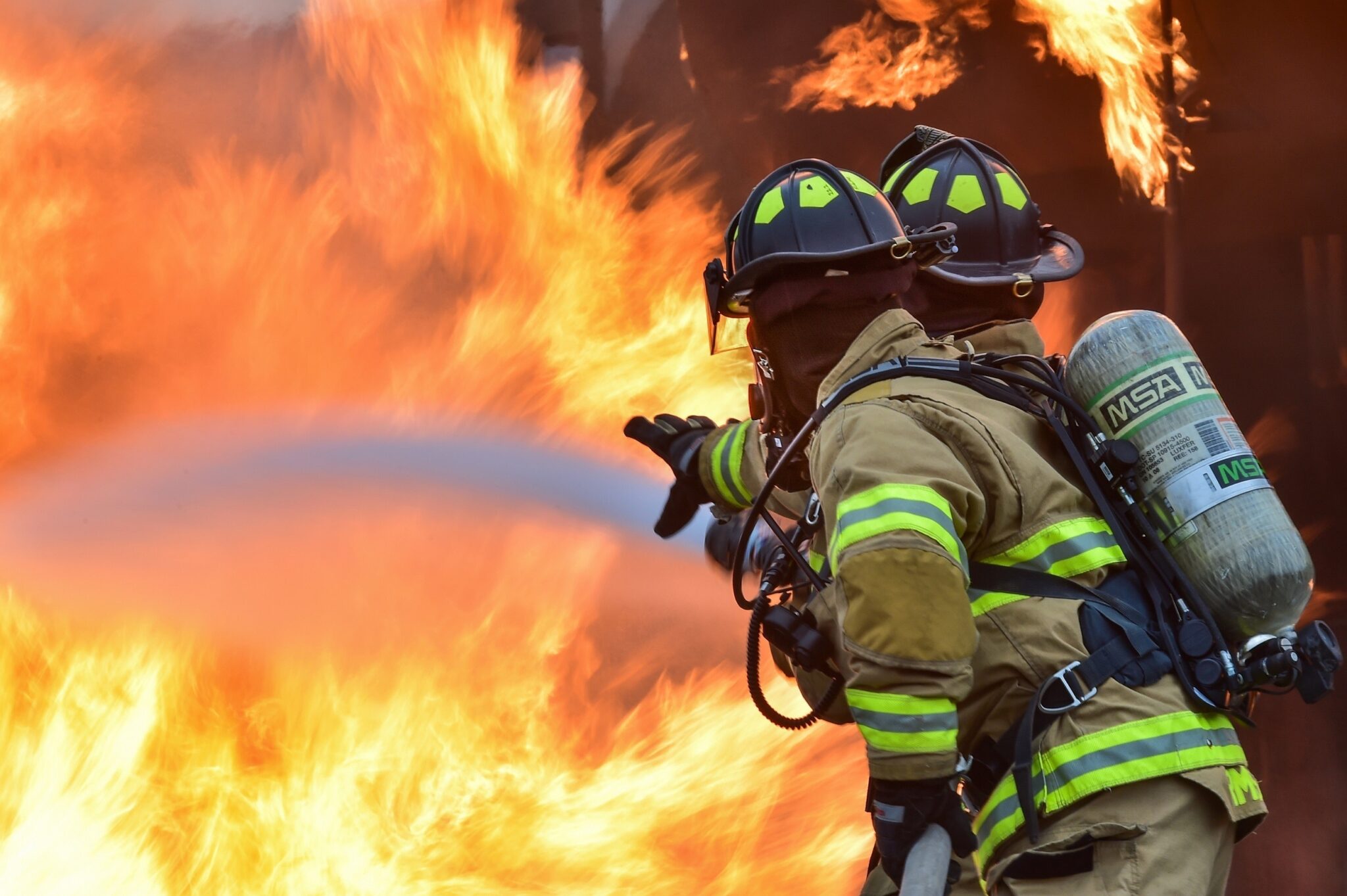

The most recent fire loss report summarizes the National Fire Protection Association’s (“NFPA”) 2021 fire experience survey. The year 2021 was difficult for everyone, and firefighters were no exception. Departments all over were struggling with under staffing due to the COVID-19 outbreaks, while continuing to respond to constant emergency calls. In 2021 alone, fire departments around the United States responded to a fire roughly every 23 seconds. One-quarter of the fires occurred in home properties, such as apartments, one- or two-family homes, and other multi-family housing. While home fires are only a small fraction of the overall fire total, they make up over three-quarters of the civilian fire deaths and injuries. Other fires that contributed to the overall total fire incidents include structure fires, vehicle fires, and outdoor fires such as brush, grass, and wildland fires. The following information is provided in the report:
Structure fires:
- 486,5000 Structure fires (36% of the reported fires)
- 3,010 Civilian fire deaths (79%)
- 12,600 Civilian injuries (86%)
- $12.8 billion in direct property damage (80%)
Home Structure Fires:
- 338,000 Home structure fires (27%)
- 2,840 Civilian fire deaths (75%)
- 11,100 Civilian injuries (76%)
- $8.4 billion in direct property damage (80%)
Non-Home Structure Fires:
- 23,000 Structure fires in other than residential properties (2%)
- 40 Civilian fire deaths (1%)
- 400 Civilian Fire Injuries (3%)
- $252 million in direct property damage (2%)
Vehicle Fires
- 208,500 Vehicle fires (15%)
- 680 Civilian fire deaths (18%)
- 1,500 Civilian Fire Injuries (10%)
- $2.1 billion in direct property damage (14%)
Outside and Other Fires
- 658,500 Outside and other fires (49%)
- 110 Civilian fire deaths (3%)
- 600 Civilian fire injuries (4%)
- $363 million in direct property damage (2%)
While the overall numbers continue to trend downward, progress is still needed to help prevent deaths and injuries associated with fires. We can all do our part by understanding how and why fires start. Check out top fire causes, regional risks, behavioral risks, seasonal fire causes, and much more at the Public Education section of NFPA’s website: https://www.nfpa.org/Public-Education.
If you would like to learn more about fire loss in the United States, you can download NFPA’s full 2021 Fire Loss Report here.

